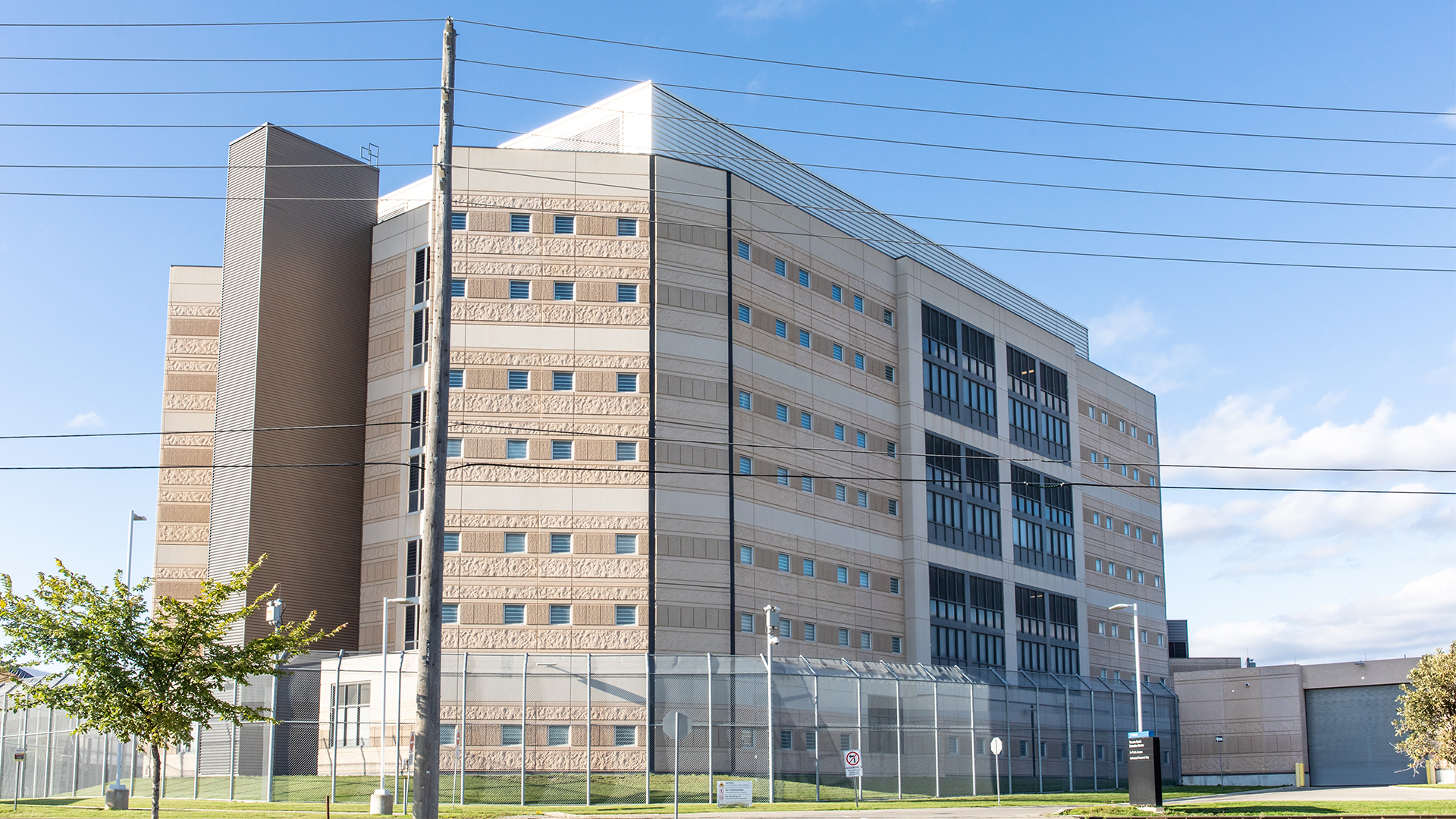
Police services, provincial and territorial premiers, and members of the Official Opposition in Parliament are demanding “jail not bail” in response to recent violent incidents that show what Conservative Leader Pierre Poilievre calls a “catch-and-release” system.
In response, the federal government has introduced changes to make it harder for repeat offenders to get bail. Many legal scholars support the calls for reform but urge restraint in the application of bail law. They insist that current laws, which some think are too lenient, are not the source of the problem.
Some proposals to improve the bail system offer more promise for productive change than others. The most optimistic avenues for reform include amending the implementation of bail conditions rather than the law itself; targeting enforcement and oversight of high-risk accused and violent offenders; and recognizing that connecting the accused with social services and supports complements public safety.
While increasing “boots on the ground” and the detention of some accused may have short-term benefits, bail reform must be balanced by investments in resources promoting community safety in the long term.
Changing the law on bail will not make communities safer
All 13 provincial and territorial premiers lobbied the federal government to expand reverse-onus bail provisions in the Criminal Code, shifting the obligation to the accused to show why they should be released in some cases.
This is something that has always been left to the discretion of the Crown because of the legal right to the presumption of innocence.
The legislation that is meant to strengthen Canada’s bail laws – Bill C-48 – targets repeat offenders and those facing charges related to the possession of a loaded, prohibited or restricted firearm, and those charged with intimate-partner violence. If passed, it would be more difficult for some of these accused to be released on bail.
While calls for revising the law are not unreasonable – bail is not appropriate for all accused – there are already laws in place that include reverse-onus provisions for serious charges, including weapons offences.
In other words, judges can now detain individuals who are “too risky” to release. These provisions already disproportionately affect marginalized populations in Ontario, including Black and Indigenous people, making it particularly difficult for those who cannot afford private legal counsel to secure timely release. This has resulted in false guilty pleas – a phenomenon that could get worse under the new rules.
Proposals to improve the implementation of bail
A more promising approach to meaningful bail reform includes increasing court efficiency, strengthening targeted enforcement, improving inter-agency communication and enhancing community support.
Improving court efficiency: Some Crown prosecutors and justices of the peace will receive additional funding in Ontario to increase the speed at which bail hearings occur. This will support the development of specialized Crown prosecutors for violent offences to prepare for and conduct bail hearings, which are often time-consuming and complex.
Improving court efficiency also holds promise by reducing the amount of time individuals spend in remand prior to trial. Less time on bail decreases the likelihood that additional charges for breaching their conditions, often for non-criminal behaviour (such as missing their curfew), will be laid.
Additional resources for both the defence and the accused to enhance court efficiency are notably absent from current reform efforts. This is problematic for those who are economically disadvantaged and whose legal proceedings are delayed and/or compromised when they cannot access adequate legal support.
Strengthening bail compliance: Measures to improve community monitoring are being introduced in several jurisdictions. Specifically, more police officers are supporting bail- enforcement units while some provinces are working to ensure those who are unlawfully “at large” are apprehended in a timelier manner.
For example, British Columbia is investing $16 million over three years, some of which will be used to strengthen police investigations of repeat violent offenders. Alberta is implementing – at a cost of roughly $2 million per year – ankle-bracelet monitoring of dangerous offenders who have been granted bail.
Allocating funding for targeted enforcement strategies will likely contribute to better short-term public safety and proactive monitoring by ensuring those who have breached their conditions return to custody.
Calls for stricter bail should, however, target only the highest-risk accused and violent offences – to avoid exacerbating already-limited court resources and leading to further overcrowding of provincial jails.
Improving inter-agency communication: Efforts to enhance communication among police services to improve both officer and community safety have been introduced. This includes better data-sharing to support officers in different jurisdictions when locating and monitoring accused. For example, municipal and provincial police in Ontario have adopted information management and data analytic software.
While these efforts will enhance police co-ordination, opportunities for strengthening collaboration with other criminal-justice actors shouldn’t be neglected. Information and resource-sharing between police, community-justice agencies and the courts to improve not only enforcement but also prevention and intervention efforts should also be emphasized.
A young man’s death and the wider systemic problems with jail and bail
Partnering with community support: Some provincial and territorial governments have prioritized efforts to address homelessness, mental health, poverty, addiction, victimization and trauma. This recognizes that incarceration alone does not contribute to long-term public safety.
Manitoba is allocating resources to pilot a program for adults facing serious charges who will receive increased community support once they are granted bail.
These initiatives acknowledge the importance of addressing the precursors of offending. While it is encouraging that social services are included in some plans for bail reform, they remain too much at the periphery.
Next steps
This is an opportune time to capitalize on the attention and resources being paid to bail reform in policy discussions. But this complex issue should be used as a catalyst to foster real change.
As new policies are implemented, a systematic evaluation will be needed to ensure reforms promote equitable justice and avoid entrenching discriminatory elements of the criminal justice system.
Detaining those who pose a significant threat to public safety is appropriate. But calls for punitive reform must be considered alongside investments in social resources and prevention.











